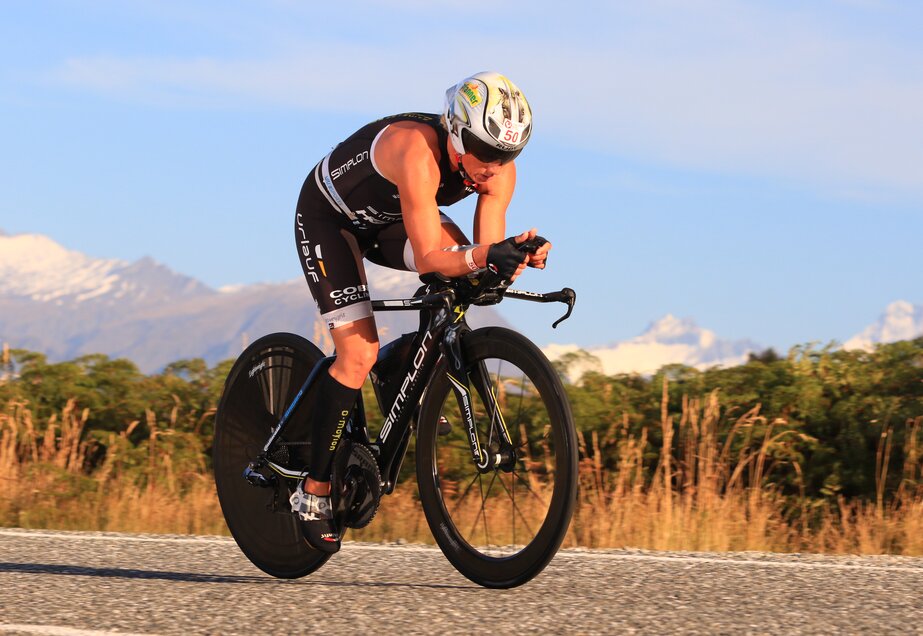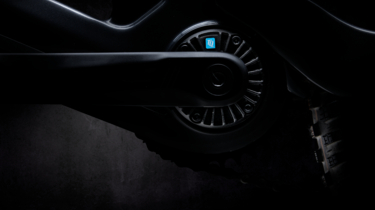

Cycling on hot summer days
How to beat the heat when cycling: Simplon shares their tips and tricks for performing at your best in hot temperatures. Learn more!
Cycling on hot summer days
How to perform at your best in hot weather
There’s hardly a better way to start the day than jumping on your bike on a balmy summer morning and going on a long ride with your friends. And yet, the pleasure might be short-lived. While temperatures are still nice and cool earlier in the day, they often rise above 30 degrees Celsius later on. Many cyclists are all too familiar with the struggle of climbing hills in the blazing sun and trying in vain to conjure up the same level of performance that they’re used to.
But what’s the best way to beat the heat? How does hot weather affect your body and performance during sports? And how do you prepare for races at the height of summer? Expert Simon Gessler shares his favourite tips and tricks for performing at your best in hot temperatures.
How the heat affects your body during endurance sports
In endurance sports, temperature plays a huge and often underestimated role. An increased body temperature caused by heat in combination with physical exertion and the additional loss of fluids and minerals from sweat all have negative effects on performance.
Good to know: Believe it or not, you can train your body to have better thermoregulation – at least, to a certain extent. Trained athletes are able to sweat more than untrained cyclists with the same increase in core body temperature. Other differences: The sweat of well-conditioned athletes contains less sodium and other minerals, and skin circulation is usually much better thanks to good heat acclimatisation.
Better performance through regular training in high temperatures
The best way to prepare for competitions and races in summer is to regularly train in high temperatures. Advantages: The performance-inhibiting effect of heat can be somewhat mitigated, and training leads to an increase in plasma volume. Since blood volume has direct effects on oxygen transport in the body and thus on maximum oxygen uptake, increased plasma volume can also be beneficial during competitions at normal temperatures.
"For high-intensity training sessions at the height of summer, it makes sense to wait for the somewhat more pleasant temperatures in the morning or evening. In high temperatures, you cannot perform at the same level you’re used to. So the intensity and quality of the training intervals are going to suffer. Relaxed basic training sessions, on the other hand, can specifically and strategically be done in higher temperatures, which lets you benefit from the positive effects of heat adaptation," says sports scientist Simon Gessler.
Cooling off
Since the body’s core temperature has a direct influence on performance, it’s important to come up with a system for cooling the body during competitions in high temperatures. The simplest means: cold drinks. They cool you off from the inside but – even beyond that – a dehydrated body tends to overheat more quickly, and fluid intake prevents this. Pouring water over your body and your cycling jersey also provides a pleasant cooling effect.
A gentle warm-up before races
The difficulty in getting ready for a competition is to bring your muscles up to operating temperature before the start. At the same time, it’s vital to not let your core body temperature climb too high. On hot days, a relaxed warm-up session is perfect for that. In addition, you should cool down your upper body and arms – the muscle groups that do not have a direct influence on propulsion. That’s why, in professional road cycling, you’ll commonly see athletes use a cooling vest in preparation for time trials.
The difference between time trials and marathons: For short and intense time trials, it’s particularly important that your performance muscles are warmed up and have good blood flow right from the beginning. In long marathons with a neutralised start, you can make do without warming up, which also prevents you from reaching a high body temperature too early.
The right pace
Pacing yourself is especially important on hot summer days, too. Due to the heat, the body cannot perform as well as in moderate temperatures. If an athlete still tries to keep up his usual pace, core body temperature quickly skyrockets beyond what the body can handle. The result: The athlete fatigues quickly and unexpectedly, forcing him to significantly reduce his pace.
Hydration
From a physiological standpoint, it makes sense to maintain fluid homeostasis. However, during intense endurance races, it’s almost impossible to drink several litres of fluid per hour.
An example: Scientists examined an Ironman triathlete in Hawaii (Nybo, 2012). He was able to absorb 1.3 litres/hour while cycling. While running, it was only 1.0 litre/hour. His sweat rate was 1.6 litres/hour on the bike and 1.8 litres/hour during the final marathon stage. After the competition, he had lost four kilograms of (water) weight.
Scientific findings: Lab tests showed that, under these conditions, the athlete was able to keep plasma volume and osmolarity stable. One of the reasons for this is that the body creates water as a byproduct of certain metabolic processes, which helps to maintain fluid balance during stresses lasting several hours or more.
This in turn means that an athlete can already be dehydrated after a two-hour competition with a weight loss of 1.5 kilograms. And yet, under certain circumstances, it is possible that an athlete is still sufficiently hydrated after an eight-hour Ironman with three to four kilograms of loss in body weight.
As prevention: In addition to the amount of fluid you consume, electrolyte balance plays an important role – especially, during endurance exercise. Depending on your sweat rate, you should have 0.25 to 0.5 grams of sodium per litre in your drink. Most sports drinks lie right within this range. Athletes who sweat heavily should make sure that their homemade sports drink contains an optimal amount.











